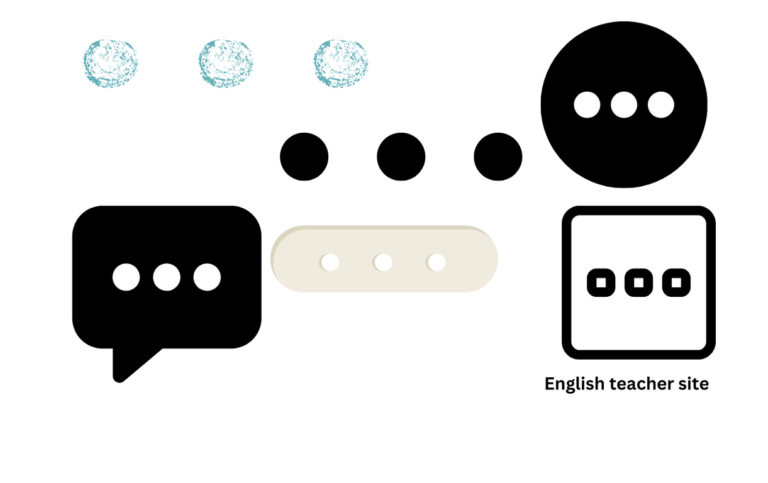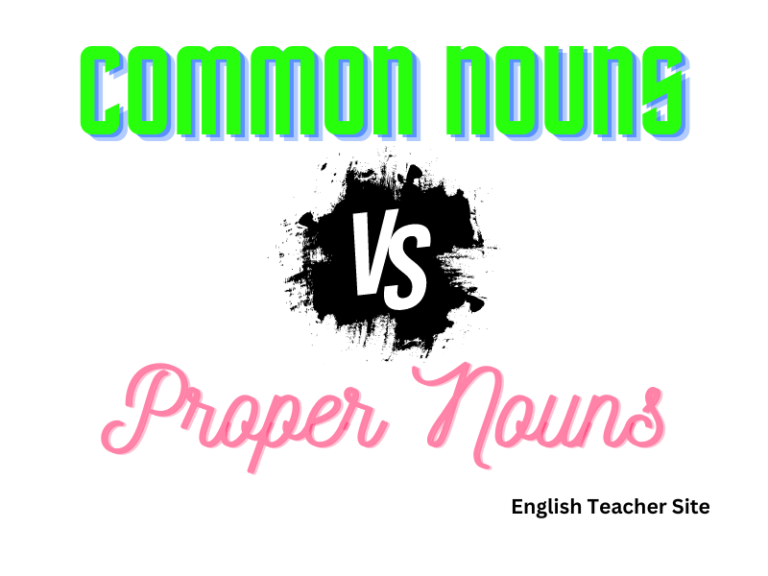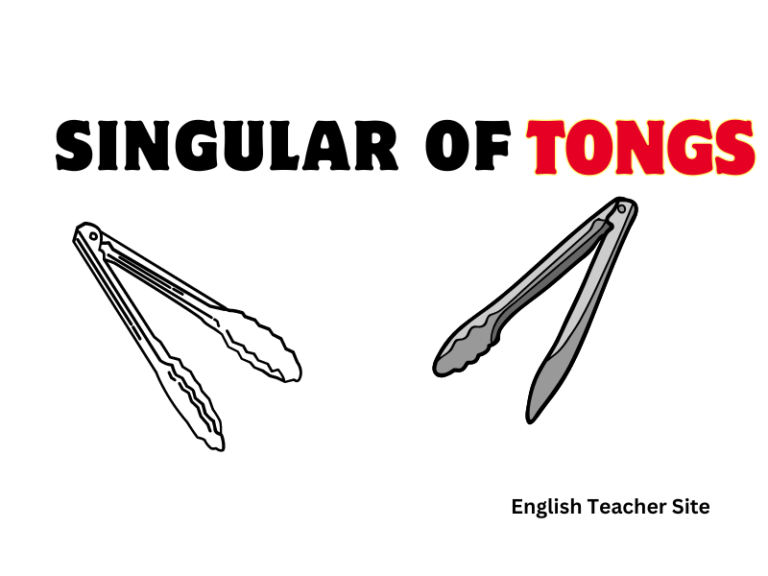What’s the Plural of Loaf: Understanding Singular and Plural Nouns
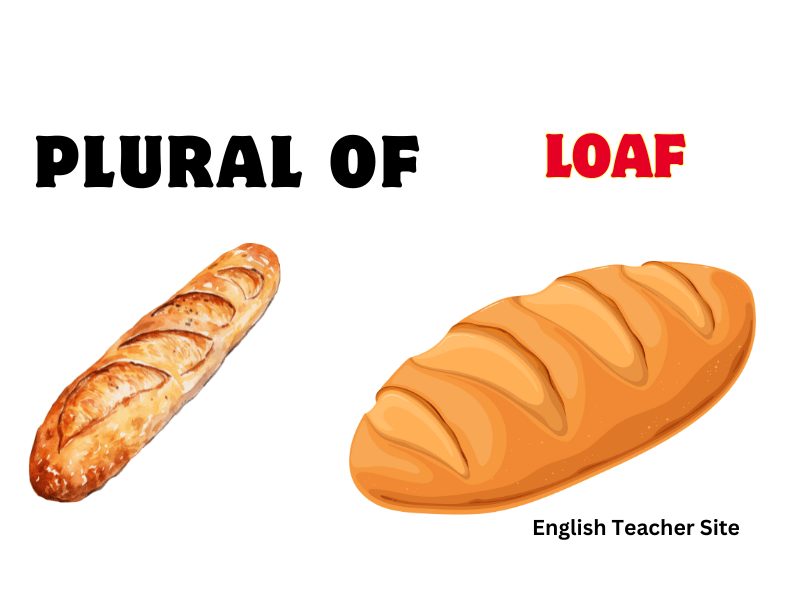
The Plural of Loaf: Loaves
Understanding the plural of loaf isn’t as straightforward as one might think. While many English nouns simply add an “-s” or “-es” to form their plural, loaf defies this regular pattern. The plural of loaf is loaves, an example of an irregular plural noun. This deviation from the standard rule is one of many exceptions in the English language that makes mastering its pluralization rules both challenging and fascinating
The Curious Case of Loaf: Is It Really That Simple?
The word “loaf” presents a peculiar case within English pluralization. At first glance, one might assume that, like many other nouns, the plural form of loaf should simply be “loafs.” However, English speakers must recall that the plural of loaf is actually “loaves,” an irregular plural.
This anomaly is rooted in the historical development of the English language. Loaf follows a pattern similar to other nouns of Germanic origin, where the vowel changes to form the plural. In Old English, nouns like “loaf” changed their vowel sounds to indicate plurality, a pattern that persists today with irregular nouns.
How Irregular Nouns Like Loaf Differ from Regular Ones
Irregular plurals like “loaf” are formed in ways that break the typical “-s” or “-es” rule. In many cases, these words undergo changes in vowels or sometimes even in their consonant structures. These shifts were more common in earlier forms of English, where vowel changes were part of regular pluralization.
For example, the noun “tooth” transforms into “teeth” and “goose” becomes “geese” by altering their vowel sounds. These irregular formations reflect the historical patterns of the language and are part of the reason English has so many exceptions to its seemingly simple grammatical rules. Memorization is often the only way to handle these exceptions, as there are no hard-and-fast rules that govern them.
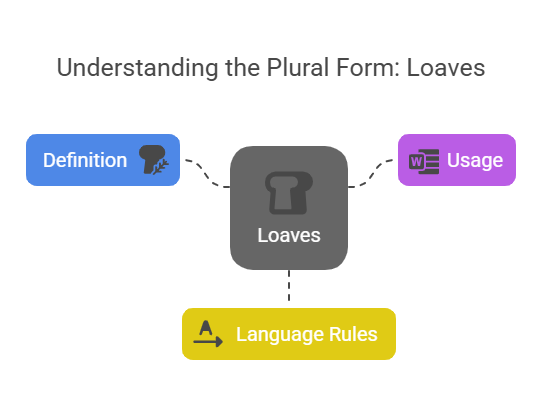
Why Some Nouns Don’t Follow the Rules
The irregularities in plural formation can often be traced back to the history of the English language itself. English, with its roots in Germanic languages, evolved by borrowing from Latin, French, and other languages over centuries. This amalgamation created a language with many inconsistencies, especially in its plural forms.
In earlier forms of English, plurals were often formed through vowel changes rather than simply adding an “-s” or “-es.” Over time, however, many of these old forms became irregular, leading to exceptions in modern English. While many nouns have adopted the regular plural form, others, like “loaf,” “tooth,” and “goose,” retained their irregular plural forms.
Common Mistakes with Plurals and How to Avoid Them
One of the most common errors in English grammar occurs when people incorrectly apply regular pluralization rules to irregular nouns like loaf. The mistake of saying “loafs” instead of “loaves” is prevalent, especially among non-native speakers or learners still familiarizing themselves with English’s quirks.
To avoid this error, it’s essential to familiarize yourself with the specific irregular nouns that deviate from the regular rules. Regularly reviewing and practicing these forms can help you internalize the proper pluralization. For example, remembering that “loaf” becomes “loaves” and “child” becomes “children” will help you avoid these common mistakes.
Real-Life Examples of the Plural of Loaf in Context
To understand how the plural of loaf functions in everyday language, it’s helpful to see the word in context. In a sentence, you would say, “I bought two loaves of bread,” not “I bought two loafs of bread.” Similarly, when referring to multiple loaves of a certain kind, you could say, “The bakery has several loaves of sourdough.” These examples demonstrate the correct use of the plural form “loaves” in everyday speech and writing.
Conclusion: A Deep Dive into English Plurals
The plural of “loaf,” loaves, offers a glimpse into the rich and complex history of the English language. Understanding why some nouns break conventional pluralization patterns deepens our appreciation for English’s evolution. Mastering irregular plurals like “loaf” to “loaves” enhances your language proficiency, ensuring both accuracy and fluency in everyday communication. As you continue to navigate the intricacies of the English language, keep in mind that some exceptions are rooted in history, making them all the more fascinating to learn.
Sources
My name is Khamis Maiouf. I am the creator of the English Teacher Site, dedicated to providing valuable resources and insights for students around the world. With a passion for education and a commitment to helping students enhance their skills, I aim to make English teaching more effective and enjoyable for both educators and students.



